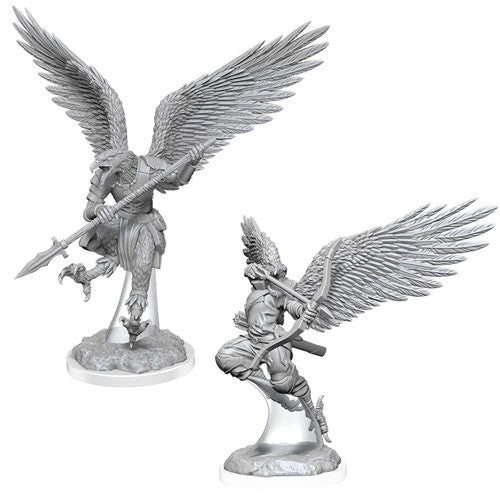- Free Shipping on Orders Over $99
- Up to 40% OFF on Selected Items
- 100% Secure Payment
miniatures have always fascinated people, capturing their imagination and drawing them into a world of intricate details and tiny wonders. These small-scale replicas of objects, scenes, or even entire worlds have a unique charm that appeals to both young and old. In this article, we will explore the fascinating world of miniatures, their history, and the diverse ways they are enjoyed today.
Miniatures date back thousands of years, with evidence of their existence found in ancient civilizations. In ancient Egypt, small-scale models of buildings and everyday objects were placed in tombs to accompany the deceased into the afterlife. The ancient Greeks and Romans also crafted miniatures, often depicting scenes from mythology or miniature versions of famous buildings.
During the European Middle Ages, miniatures were primarily associated with religious art. Illuminated manuscripts featured intricate miniature paintings that adorned the pages, capturing religious stories and depicting saints. These miniatures required great skill and attention to detail, highlighting the craftsmanship of the artists.
In the 17th and 18th centuries, miniatures gained popularity among the European aristocracy. Elaborate dollhouses and miniature rooms were created as a form of entertainment for wealthy adults. These miniature displays showcased the opulence and grandeur of the era, with each tiny piece meticulously crafted to replicate the finest details of full-sized furniture, decor, and even servants.
Miniatures are not just limited to replicas of objects or scenes; they are also a form of art in their own right. Talented artists create stunning miniature paintings, sculptures, and even intricate paper crafts. The level of detail achieved in these works is truly remarkable, often requiring a steady hand, sharp eyes, and a great deal of patience.
Miniature paintings, often executed using delicate brushes and magnifying glasses, were particularly popular during the Renaissance and Baroque periods. These tiny masterpieces depicted portraits, landscapes, and historical events, showcasing the artist’s skill in capturing a vast scene on a small canvas.
Today, miniature art has expanded into various mediums, including clay, polymer clay, and resin. Artists sculpt tiny figurines, animals, and even food items, creating miniature worlds that are incredibly lifelike. These miniature sculptures find their way into collectors’ showcases, dollhouses, and even become popular as accessories for jewelry and keychains.
Dollhouses have been a beloved toy for centuries, captivating children and adults alike. These miniature houses, complete with furniture, décor, and tiny inhabitants, provide a glimpse into a meticulously crafted world on a small scale.
While dollhouses were initially created as playthings for children, they have also become a hobby for adults. Miniature enthusiasts spend hours designing, building, and decorating dollhouses, ensuring every detail is perfect. From wallpaper patterns to miniature utensils, every element is carefully selected to create a realistic and captivating miniature home.
Miniature collectors often specialize in certain eras or themes, such as Victorian, Tudor, or modern styles. They meticulously research historical periods, ensuring their dollhouses are accurate representations of the time. Some collectors even create entire miniature towns, complete with shops, schools, and parks, forming a cohesive and enchanting world.

The world of gaming has also embraced miniatures, adding a three-dimensional element to board games and role-playing games. These miniatures, often made of plastic or metal, represent characters, creatures, or objects within the game. They allow players to visualize the game world, adding a tactile and immersive experience.
Miniature wargaming, a hobby in which players strategize and battle using miniature armies, has gained a dedicated following. Enthusiasts spend hours assembling, painting, and customizing their miniature armies, creating unique and personalized units. These intricately detailed miniatures bring the battles to life, allowing players to immerse themselves in epic conflicts on a small scale.
Engaging with miniatures can also have therapeutic benefits. Many people find solace and relaxation in creating or interacting with miniature worlds. The act of meticulously arranging tiny objects or building miniature structures can be a form of meditation, providing a sense of calm and focus.
Some therapists even incorporate miniatures into their practice, using them as a tool for storytelling and self-expression. Clients can create miniature scenes or use miniature figurines to represent emotions, relationships, or their inner world. This tactile and visual form of therapy can help individuals explore and understand their thoughts and feelings in a unique and engaging way.
From their ancient origins to their modern iterations, miniatures continue to captivate and inspire. Whether it be through art, play, or gaming, these tiny replicas offer a world of creativity and imagination. As we appreciate the intricate details and incredible craftsmanship of miniatures, we enter a world where size does not define the impact and beauty of an object.